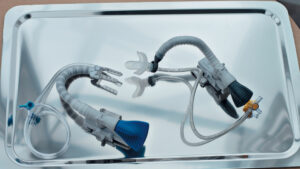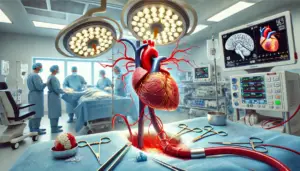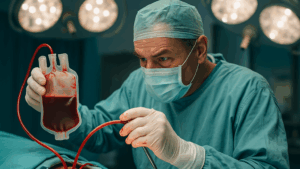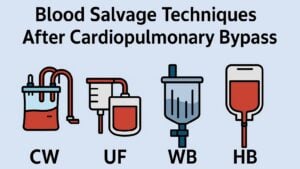Introduction: There are several types of surface treatments (coatings) aimed at improving the biocompatibility of cardiopulmonary bypass (CPB) circuit. Some coatings appear to require higher doses of heparin to maintain anticoagulation goals, and some of them might induce postoperative coagulopathy. In this study, we compared the amount of heparin required, postoperative bleeding, and inflammatory response according to three types of coatings.
Method: We retrospectively included 300 consecutive adult patients who underwent cardiac surgery with CPB and received one of three coatings (Phisio®, Trillium®, and Xcoating™). Our primary objective was to compare, according to coating, the amount of heparin required to maintain an ACT > 400s during CPB. Our secondary objectives were to compare postoperative bleeding for 48 h and CRP rate.
Results: Baseline characteristics were comparable between groups except for age and preoperative CRP. We did not find a significant difference between the 3 coatings regarding the amount of heparin reinjected. However, we found less postoperative bleeding with the Xcoating™ circuit compared to the Phisio® circuit (-149 mL [-289; -26.5]; p = 0.02) and a lower elevation of CRP with the Phisio® circuit (2.8 times higher than preoperative CRP) compared to Trillium® (4.9 times higher) and Xcoating™ (6.4 times higher); p < 10-3.
Conclusion: The choice of coating did not influence the amount of heparin required during CPB; however, the post-CPB inflammatory syndrome may be impacted by this choice.
Keywords: anticoagulation; biocompatible circuit coatings; blood products; perfusionist; postoperative bleeding.







